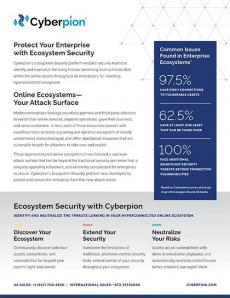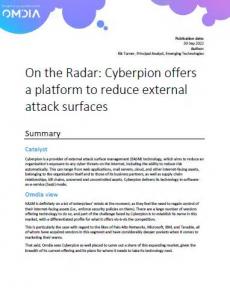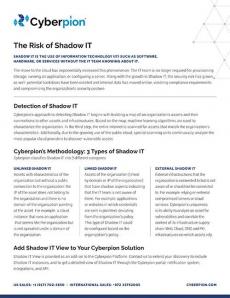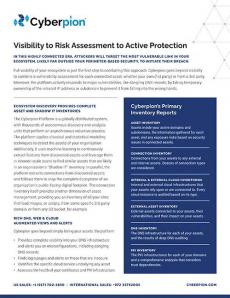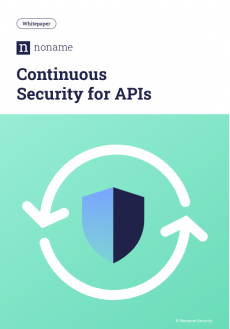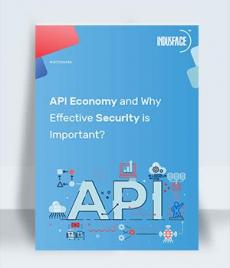Why Choose a MSSP - How to better secure your business
You know you want to protect your business, but short of hiring a full time security analyst, not sure what you can do? Consider starting with a managed security provider. They can provide a considerable amount of guidance and keep an eye on things for you.





